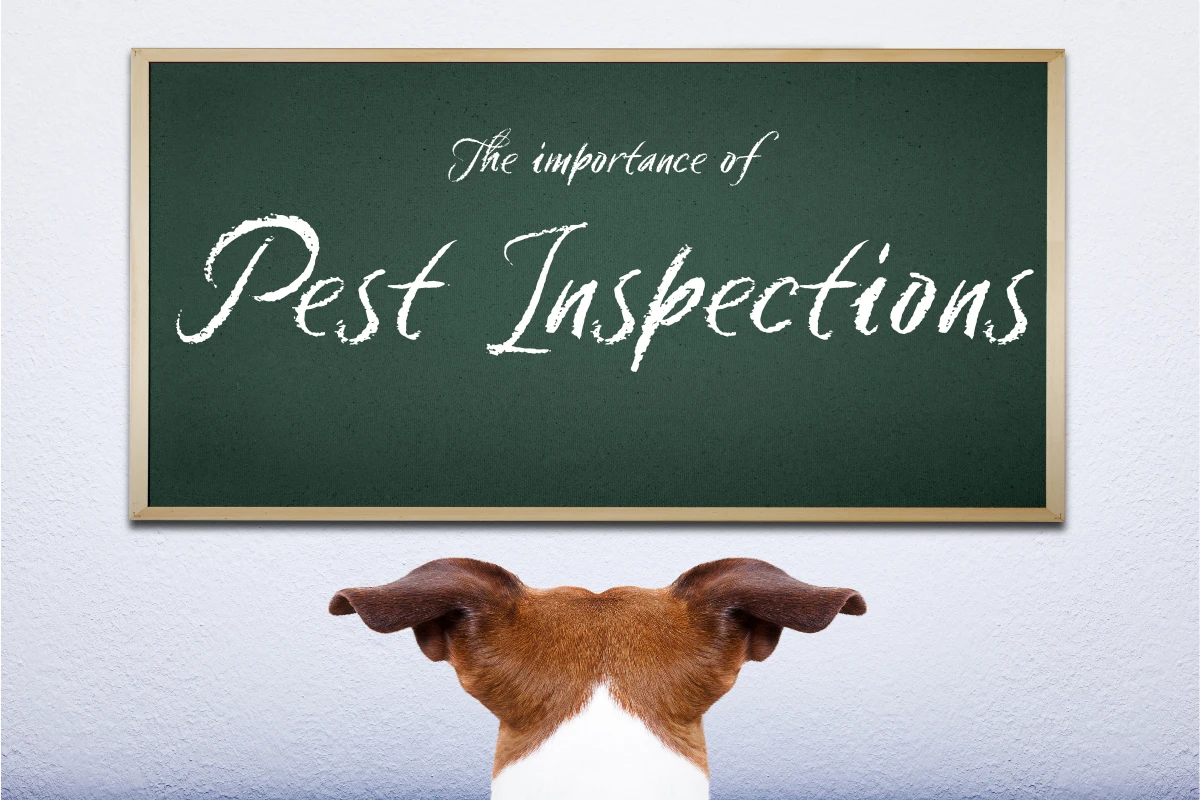Finding critters and potential dry rot is crucial to protecting your property and your wallet.
Common Signs of Pest Infestation
Homeowners should stay alert to signs of pest infestations. Droppings or gnaw marks on furniture can indicate rodents. Listen for rustling noises in walls, which might mean pests are nesting. Unpleasant smells often accompany rodent or insect infestations. Look out for holes in wood, which can signal termite activity, and remember these signs can lead to serious damage if not addressed promptly. Paying attention to these early warnings can save time and money.
What is a Structural Pest Inspection?
This inspection is designed to look for dry wood termites, dry wood beetles, and dry rot –– anything which can cause damage to the structural integrity of your home. Termites and other tiny critters can cause serious damage to your property. We’re talking about insects like carpenter ants, or wood-boring beetles and larger pests like rodents. Nobody wants to discover termites, rats, or mice are at play! Nor do you want to have significant dry rot issues. Because these problems need to be fixed as soon as they are found, a pest inspection is best carried out by a professional who knows where to look and what to look for.
Why are pest inspections so important?
The reason a good inspector is crucial is easy: many pests, especially termites, can cause severe structural damage, so it’s really important to find any existing problems and take action before the damage gets worse (and more expensive to deal with). This is a clear-cut case for being proactive.
Besides being a nuisance, pests can pose health risks. Rats can spread disease, insects can contaminate food. No one wants to be surprised by an ant infestation or wasp hive. Pest inspections find these issues and help you maintain a safe and healthy environment. Feel free to call our office to get a referral to a trusted pest inspector.
Weather can also impact pest invasions. Heavy rain may force insects indoors, seeking dry places to nest. Similarly, during droughts, pests search for moisture around plumbing and roof areas. Knowing how the weather affects pest activity can help in planning timely inspections. This proactive approach ensures problems are managed early.
Dry rot is what occurs if you have water leaks, either from plumbing, windows, or roof areas. Dry rot also can significantly affect the structural integrity of the property. An inspector will look for this.
Ignoring pest issues isn’t just annoying, it can be expensive. Repair costs may skyrocket if pest damage is allowed to worsen. Neglecting inspections might lead to a drop in property value when it’s time to sell. Addressing pest issues early can mean significant savings in both stress and money.
Pest inspection myths
Still curious? Here are a few myths about pest inspections: By now you know they’re not just for termites. Dry rot is a major issue too. One inspection isn’t enough over years; much like the dentist, regular checkups are a good idea. Keep in mind a pest inspector can identify pest infestations and very often can do the repairs. If not, you’ll have to hire a pest control professional. And lastly, a “pest-free” inspection report doesn’t mean there are no pests, but that none are visible to a trained professional eye. That counts for a lot, but it doesn’t mean you shouldn’t stay vigilant. Again, don’t hesitate to ask us for a referral to a great pest inspector.

